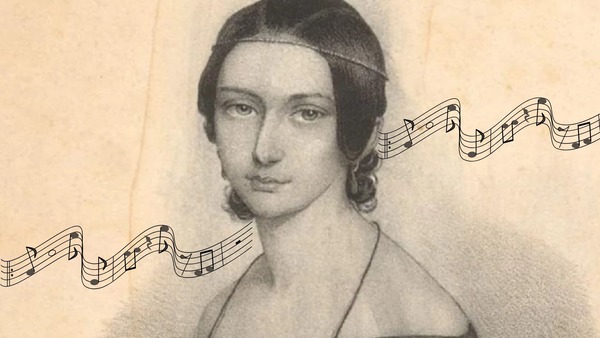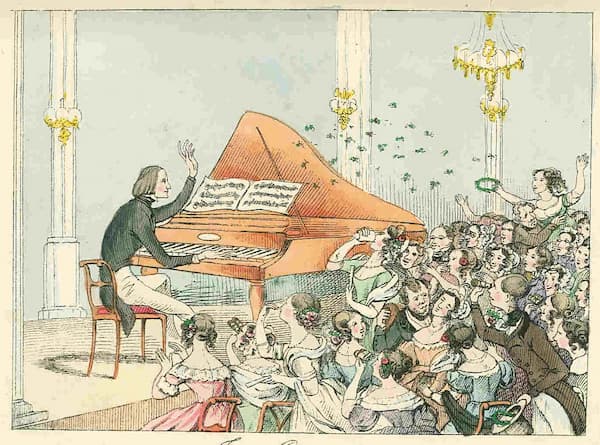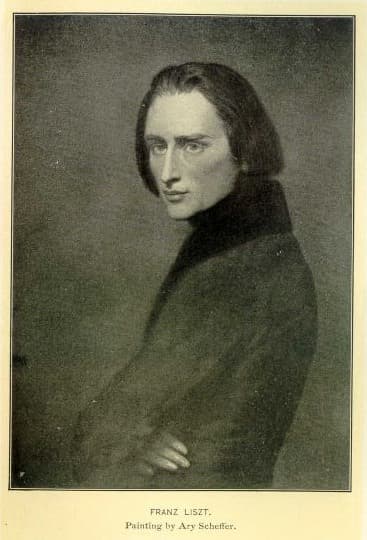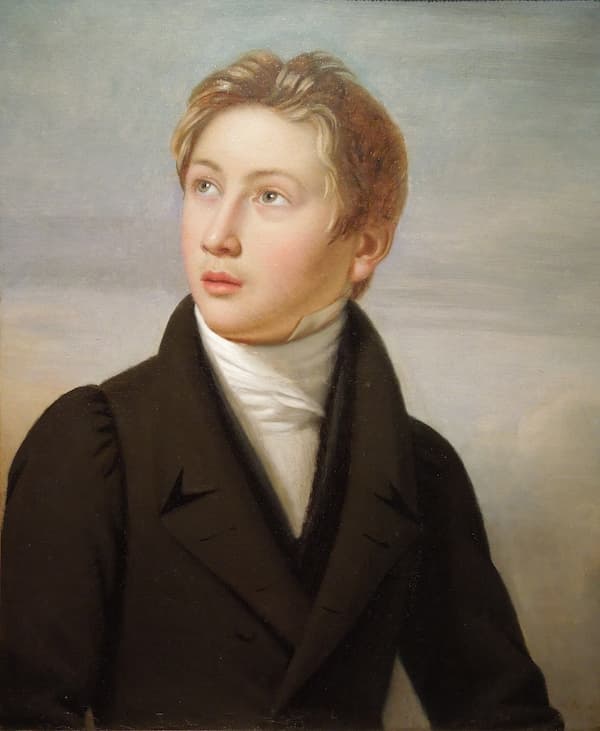Pianist Amy Fay was born in Louisiana in 1844. She began studying piano as a child and quickly proved to be very talented. She studied at the New England Conservatory of Music in the 1860s and, in 1869, took the
Liszt
Franz Liszt and Clara Wieck (known as Clara Schumann after her marriage) were widely acknowledged to be two of the greatest pianists of their generation. Franz Liszt was born in 1811, and Clara Wieck was born in 1819. Both made
Pianist and composer Franz Liszt was born on 22 October 1811 in the Hungarian village of Doborján. Here are a few points about his life that you should know: – Liszt was part of a wave of virtuoso performers from
The Wiener Allgemeine Musikalische Zeitung reports on 7 December 1822, “on 1st December a very talented boy by the name of Liszt, coming here from Pressburg, gave a concert in the town grand concert-hall, and through his playing and his
By the time he was fifteen, Franz Liszt had already begun work on what would become one of his most important early compositions; the Etude en douze exercices. This collection, first published in 1826 in both Marseille and Paris, was
Franz Liszt (1811-1886) was the greatest piano virtuoso of his time, possibly the greatest of all time. His sensational technique and captivating concert personality made him the ultimate rock star of the 19th century. With his set of twelve Transcendental
A Mysterious Envelope Arrives. On 14 November 1849, Ludwika Jędrzejewicz opened an envelope. Ludwika Jędrzejewicz was having a bad month. Her marriage was in shambles because she had left Poland to be at her brother Frédéric Chopin’s deathbed. She had
The two concertos for piano and orchestra by Franz Liszt belong to the standard concerto repertoire. A serious challenge for every pianist, they have been audience favourites for well over one hundred years. As a critic wrote, “these concertos are








